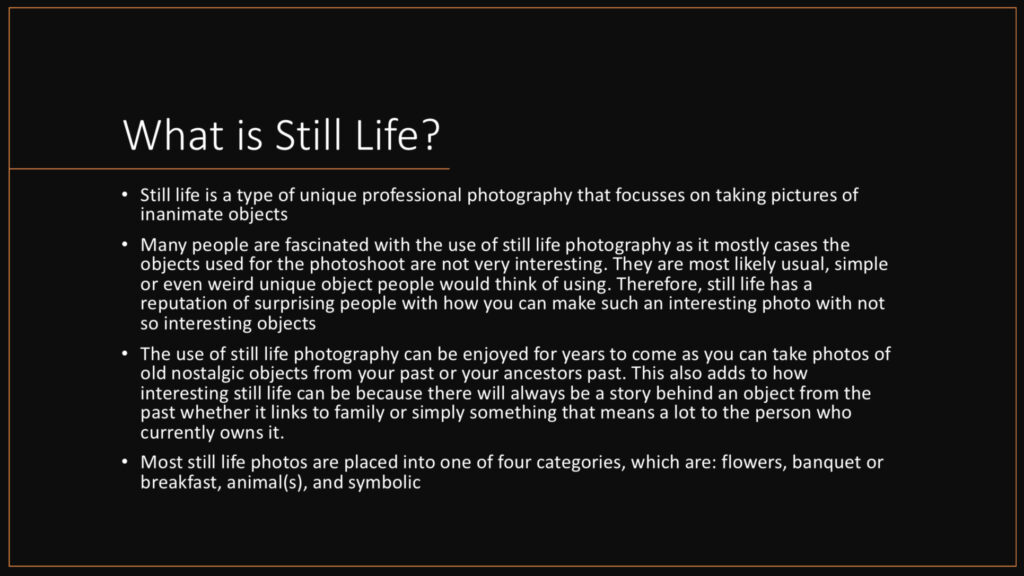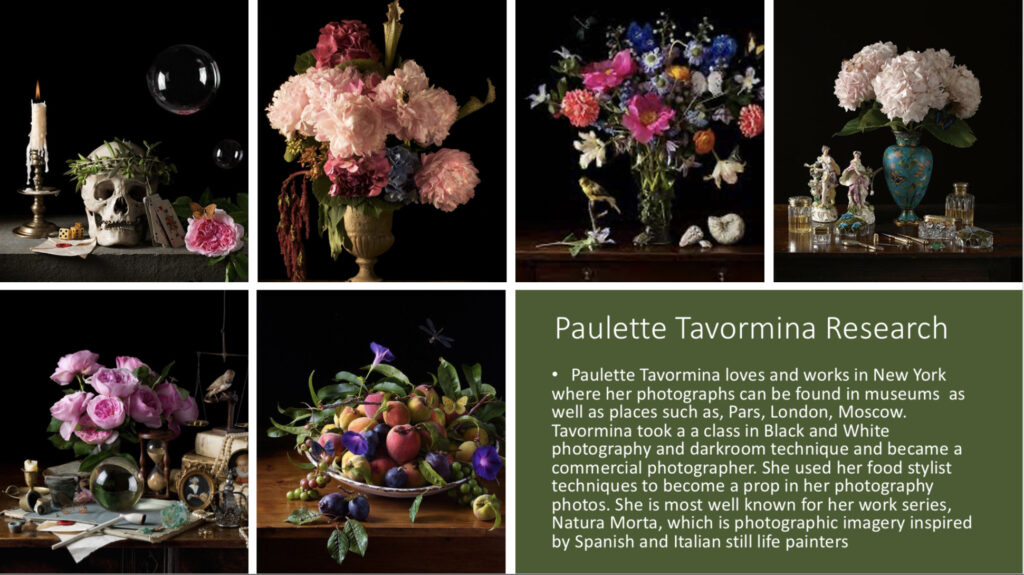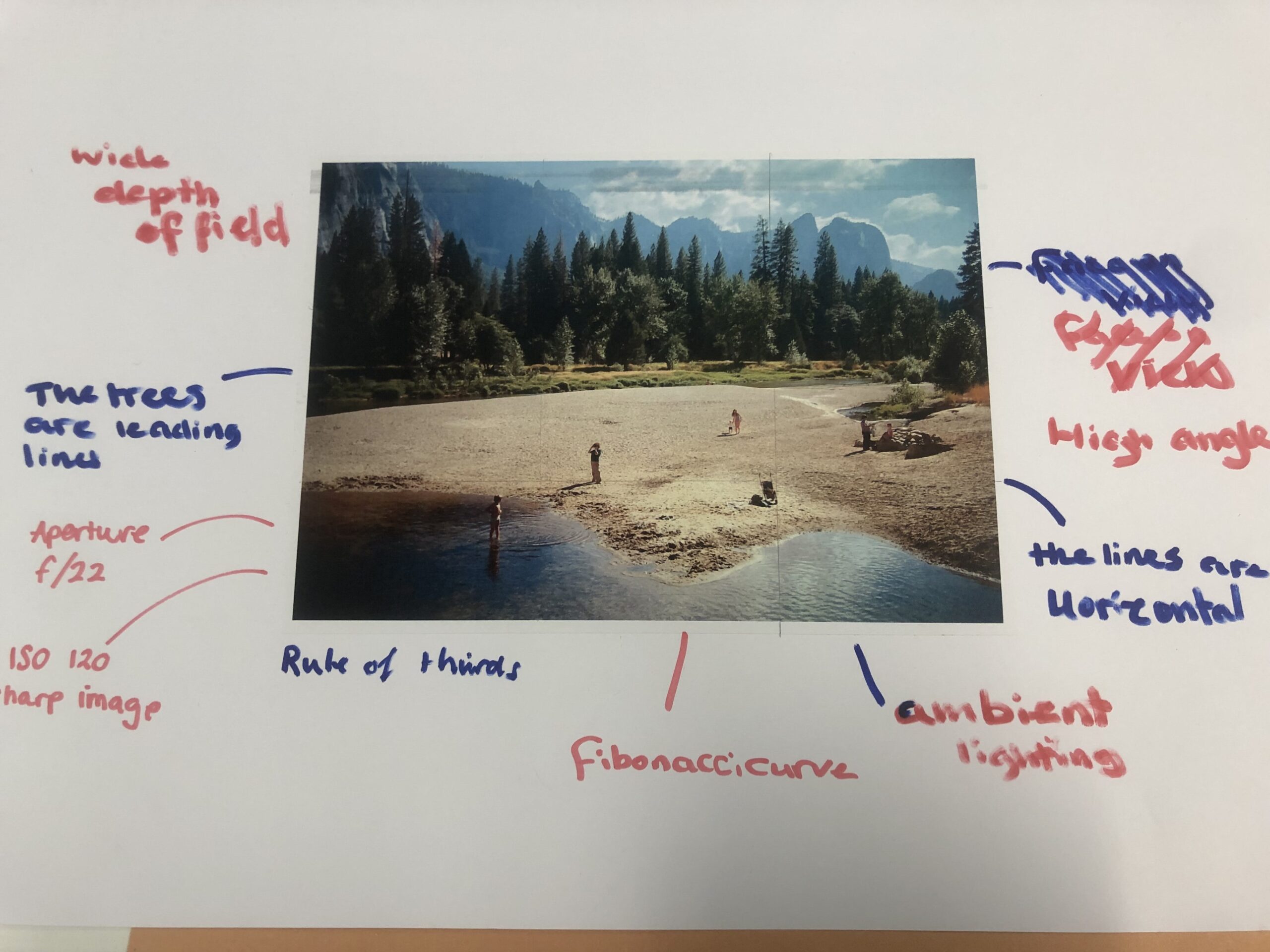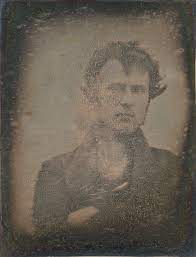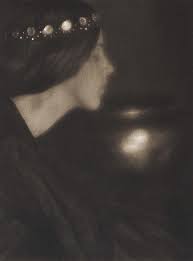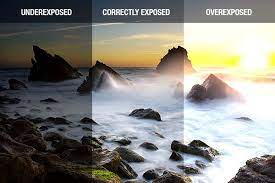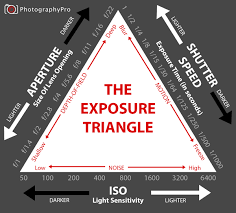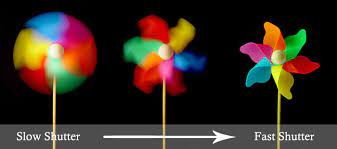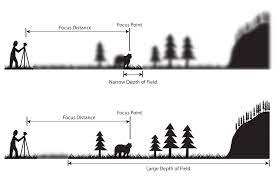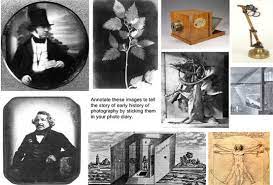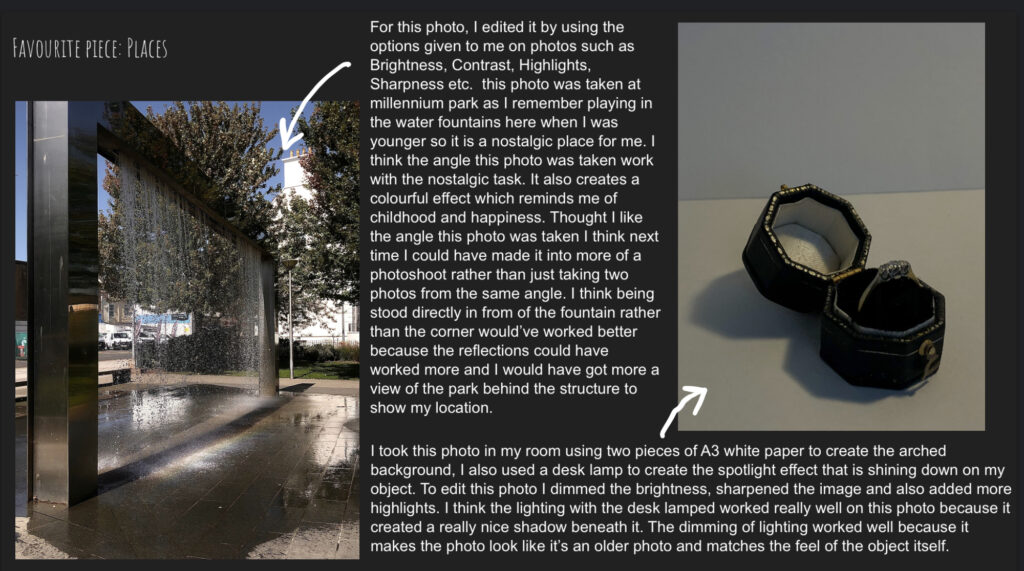For this photoshoot I brought in object that were nostalgic from my childhood. These objects included:
- Baby Book
- First pair of shoes
- Photo (Grandad, Brother and myself)
- Photo (My Brother and I)
All of my shoots were taken in the studio on the main photo shoot area. I had access to a light that changes warmth so I was able to use that to my advantage and create more of a warming nostalgic affect. I also liked how this light worked with shadows behind my objects.
I also decided to use objects such as boxes and cloths to create more levels in my photos so that it wasn’t just a flat surface. I liked how this worked with my single object photos.
Contact sheet of all photos:

My Photos:





My Favourite Photos:


Both of these photos are my favourite shoots. I think because it is one singular object it draws more attention to that object instead of the shoot being too busy or packed. I think the use of the levels work well to centre the objects more and show their importance. I think the cloth I used on both photos works well to add more texture to the photo and less dullness to it. I also like how the top photo was more zoomed out to show more of the background as I think he cloth sits really well.

To edit my photos, I only simply changed the exposure by lowering it, as on my camera the outcome of the photos was quite bright and it did not look good. If needed, I also adjusted the clarity and vibrancy.
For the photo above, it was created on one of the Canon cameras with an exposure time of 1/3 second and an ISO speed of ISO-100. The focal length was 55mm, the F-stop of f/8 and the exposure bias was 0 step. I did not use flash for any of my photos.









